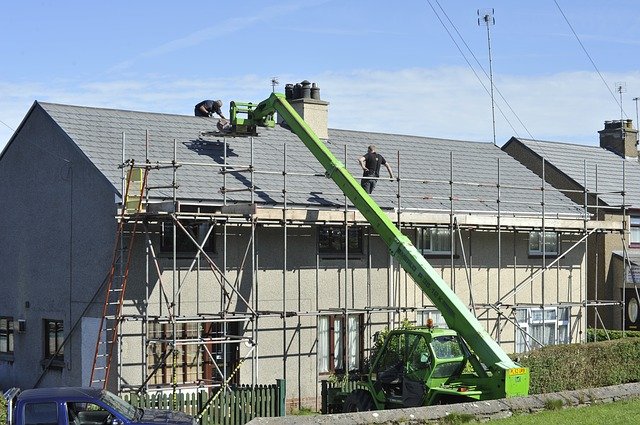Primer
Paint Your Home
Skills, Techniques, And Tricks Of The Trade For Professional Looking Interior Painting
Reader’s Digest
The Reader’s Digest Association, Inc.
Pleasantville, New York/ Montreal
Beneath every fine finish coating there usually lies a specialized coat of paint-a primer-that helps to hide blemishes and bond the finish to the underlying surface. Is new wall board, for example an ordinary paint will simply be absorbed into the surface of the material, resulting in an uneven, splotchy finish. Wood knots that have bled through a previously painted section of baseboard will do so again if they are simply covered with ordinary paint. Refer to the box on primers (right) for selecting primers. Check the paint-can label first, but in most cases you can use either water-based or oil-based paints no matter which type of primer you select.
Most primers are paints that contain very little pigment, but they are able to adhere to the surfaces they are designed to cover and to provide a good base for the paint.
Primers tend to dry more quickly than most paints. This means that you can usually prime and top-coat a surface in the same day. However, be aware that primers should not be left exposed for long periods. They do not contain many of the ingredients that make finish coatings durable and weather-resistant. If you wait too long, you will have to apply another coat of primer. Check the label for recommendations on timing.
Like paints, primers are available in both water and oil bases. Most are white, but you can tint them or ask your paint dealer to tint the primer to resemble the color that you will be using on the top coat.
In addition to primers that are brushed or rolled on, spot primers are also available. These products often contain shellac and are available as a liquid or in spray cans. They come in handy for hiding wood knots, marker and crayon stains, and water stains that bleed though paint.
Primer On Primers
| Surface to be painted | Recommended Primer |
| Unpainted wallboard | Water- based primer. |
| Unpainted plaster | Water- based primer. |
| Unpainted wood | Oil- or Water- based primer. |
| Wood knots, other stains | Oil- based primer. |
| Previously painted walls, ceilings, woodwork | Water- based, but choose oil- based if staining is present. |
| Repairs in drywall or plaster | Water- based primer. |
| Repairs in wood | Oil- or Water- based primer. |
| Masonry surfaces | Primer designed for masonry surfaces . Both oil- and water- based available. |
| Metal surfaces | Primer designed for metal. There are bright- metal primers, to use where metal is new or rust has been removed, and rusty- metal primers, which inhibit rust. |
Specialty Paints
A number of paint products are designed for special uses. Read the directions carefully before using.
| Type of paint | Comments | Where to use it |
| Epoxy Paints | These paints are for covering nonporous surfaces, such as ceramic tile and metal. Difficult for the amateur to apply correctly. | Nonporous materials: tile, metal,plastic. |
| Heat- Resistant Paints | These Paints will not degrade under high temperatures, such as those found around the opening of a fireplace or the metal of a radiator. | Hearths, radiators, pipes, etc. |
| Vapor Retarder/ Sealer Paints | Some water- and oil- based paints stop the transmission pf water vapor. This is important if there is no vapor retarder in the walls of the house and one is recommended by local building practice. | Walls and ceilings. Good when used as a primer in bathrooms. |
Continue reading on Hiring a Painter

